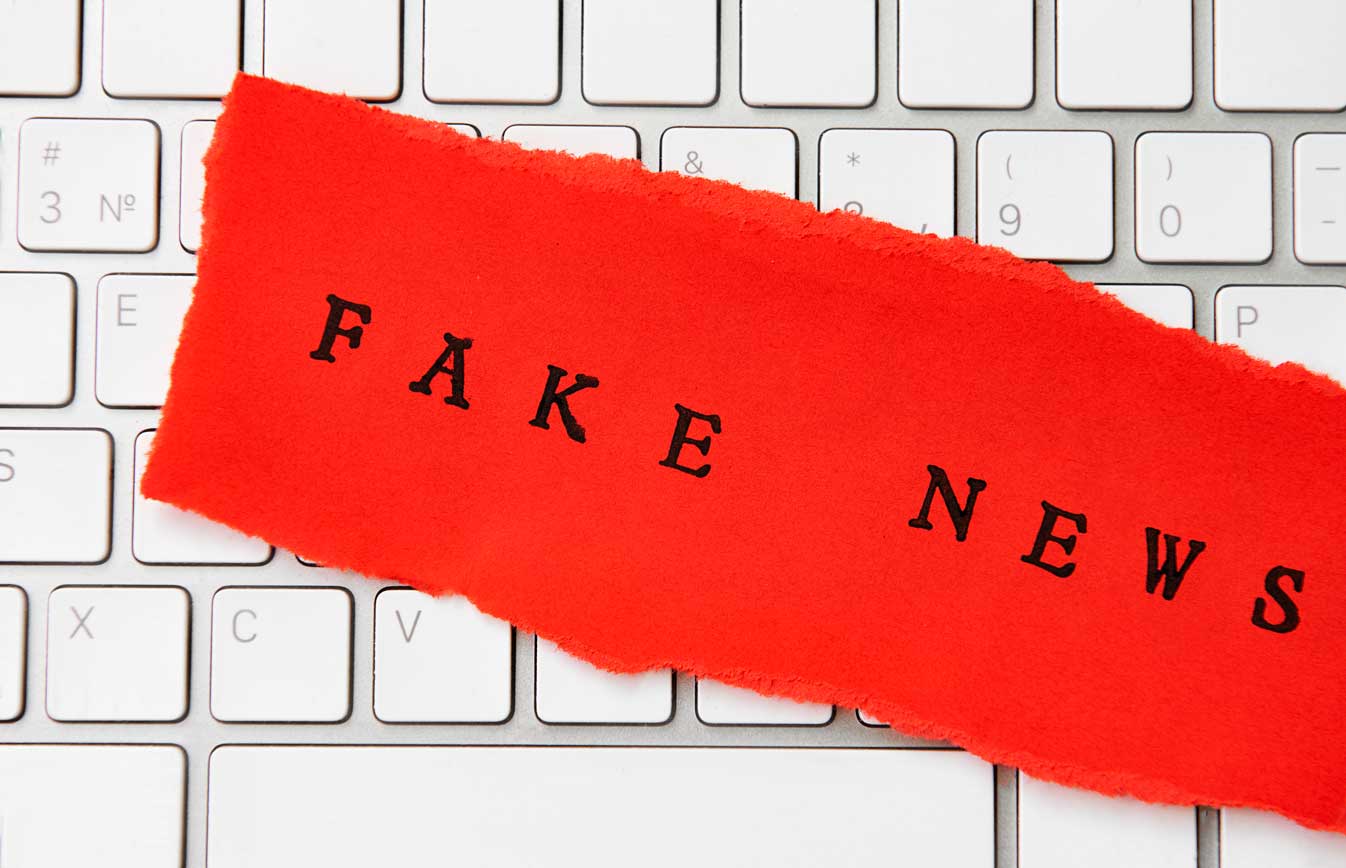When learning about cryptocurrencies, the first logical step is to study bitcoin, since it was the first decentralized digital currency and the original use of blockchain technology. The very next step should be to learn what is Ethereum?

While it’s different from bitcoin in many ways, Ethereum shares some aspects in common. For one, both of them address the democratization of the internet in some way. With bitcoin, it’s digital payments and ‘internet money’. With Ethereum, it’s the democratisation of apps in a way that disrupts the way we use the internet.
Both the Bitcoin and Ethereum Networks are distributed public blockchains, meaning they are run by a network of users and servers throughout the world. But Ethereum is distinct in that it provides a building environment that developers can use to create unique blockchain applications.

What is Ethereum and How Does it Work?
In the simplest of terms, Ethereum is an open-source software platform based on blockchain technology. It enables developers and tech teams to build apps upon it. These apps are decentralized, so they are commonly referred to as DApps.
Smart contracts on the Ethereum platform allow startups to create DApps that exchange assets, such as content or digital money. What smart contracts enable is the automated exchange of assets to run without the risks of censorship, loss of downtime, or any outside manipulation. All of these things are the risks we take when using fiat currencies.
Creating a DApp Using Ethereum
Because of the open-source nature of Ethereum, it may remind you of Linux, which is also open-source and offers an environment where developers can build applications. Ethereum’s platform is similar, however, the software developers create on the Ethereum platform has very distinct aspects, including:
- To run applications on Ethereum, you use their cryptocurrency, ether (ETH)
- Applications built on top of Ethereum are called decentralized apps, or DApps. This is because they don’t run on centralized servers (as with Microsoft or Amazon). Instead, they exist on thousands of computers across the globe that connect to the Ethereum Virtual Machine, or Network.
- When developing apps elsewhere, you must depend on 3rd parties to facilitate exchanges of value within that application. Think of a gaming app where you buyskins. To have money to buy, you must send money from a 3rd party (a bank, and maybe a payment processor, too). With a DApp, however, the exchange valuescan be in terms of tokens. In the case of Ethereum, it would be ether (or gas).

Example of an Ethereum DApp
To gain a better understanding of how an Ethereum DApp works, let’s take a look at an example: Cryptokitties

One of the most popular DApps today, Cryptokitties built its application on the Ethereum platform. Basically, it’s a game where you can buy, own and trade uniquely designed animations of ridiculously adorable cats. The focus of this project centres on the fact that these tradeable cats are blockchain assets. The more unique and scarce they are, the higher their perceived value is as an asset.
Let’s take a look at how Cryptokitties utilizes the Ethereum protocol:
How you use ether
Miners of the Ethereum Network mine ether (and earn it) by processing transactions for DApp users. Owners of Cryptocats use ether to buy, sell and trade. Whenever they take part in any one of these activities, miners deal with the transaction.
How it’s decentralized
No central authority can remove or change a Cryptokitties asset once you’ve created one. Additionally, these ERC-721 tokens are decentralized because a network of miners accomplishes the transaction processing and not one entity.
How it’s 3rd party-less
There is no 3rd party necessary with the ownership of Cryptokitties assets. Just as you would with other crypto coins, you hold the seed phrase and maintain the ownership of your digital assets. Owners of Cryptocats can trade these assets on the Ethereum network.
Additionally, their scarcity (which may increase value) does not have to be verified by an outside agency. For each of these assets, the scarcity details are written right into the code. Lastly, a 3rd party could be present to enable a fiat purchase of ETH to use in Cryptokitties. But it is not necessary. Ether can simply transfer from one wallet holding ETH directly to your Cryptokitties wallet.
The Philosophy Behind Ethereum
According to the white paper, the following five design principles are at the heart of the Ethereum Network:
- Simplicity: The idea is to make the ecosystem simple to use for the average programmer.
- Universality: The scripting language and smart contract technology used by Ethereum enable developers to enjoy a full range of creative potential.
- Modularity: Ideally, the protocol allows developers to make small modifications while the application stack continues to function. Originating from the idea of benefiting the whole network with Ethereum new DApp, this system encourages usability among developers.
- Agility: Basically, the protocol itself can adapt and is not set in stone. When opportunities to scale or increase security arise, the Network can take advantage of them for the benefit of all users.
- Non-Discrimination and Non-Censorship: Regardless of the types of DApps created with the Ethereum Protocol, they will not face restriction or censorship.Any regulations with the Network will focus on avoiding harm to the system.
What the Ethereum platform has brought to modern-day business is the ability for limitless creativity within a decentralized ecosystem. This cryptocurrency-fuelled Network uses smart contracts to automate and secure the exchange of value in almost any business scenario.
While Bitcoin invites us all to participate in a peer to peer, global system of money, Ethereum creates the World Computer which developers anywhere can use to create the next generation of computer applications.
If you'd like to learn more about how Ethereum works and where it's headed, I'd recommend a book called - 'Ethereum: Decentralized Open Source Blockchain: Ethereum: The Ultimate Altcoin (Cryptocurrency Book Collection)' - and it's available on Amazon here https://amzn.to/3W0yYv4




